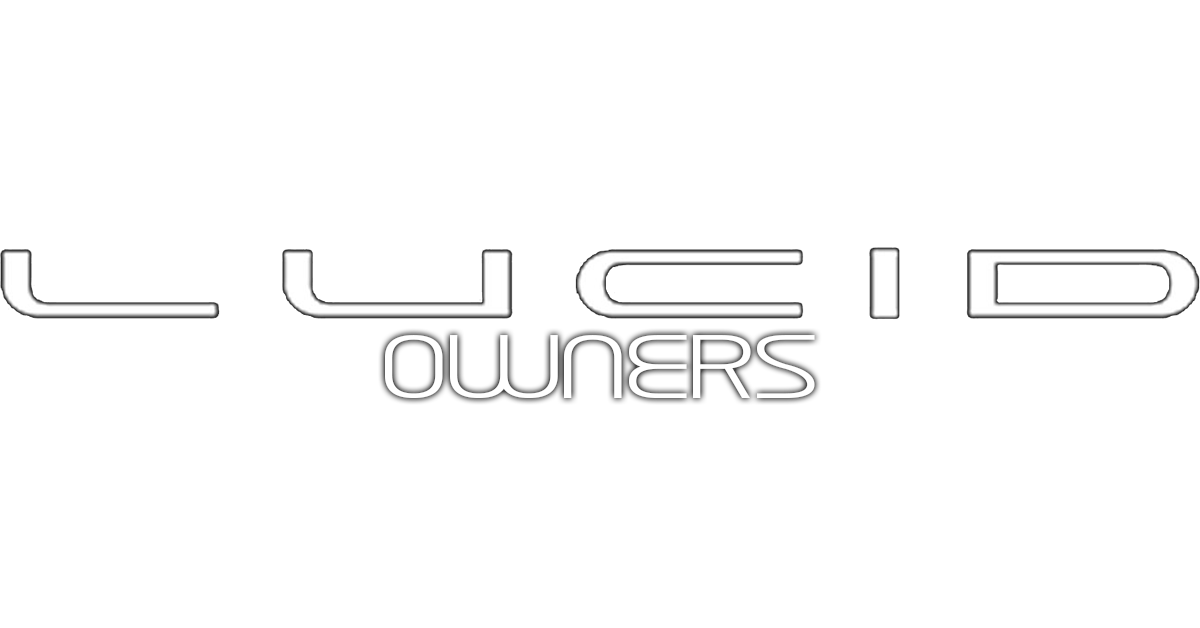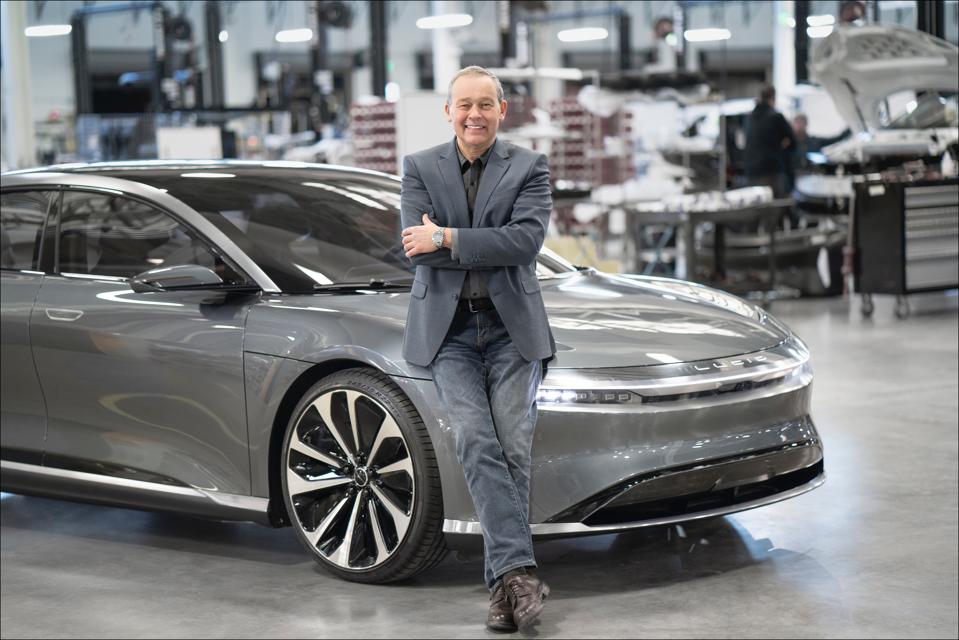
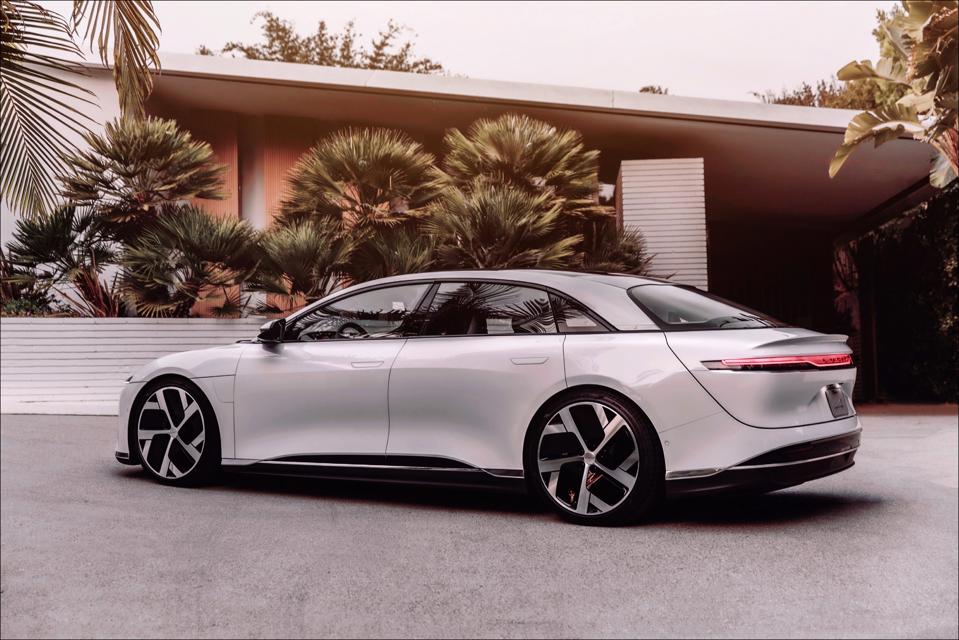

“I said I’ll join under two conditions. We’re not going to make any car, we’re going to make the best car in the world, best electric car that’s ever been, and I have a whole bunch of ideas to take us to another level. I told them I am not interested in mediocrity.” Rawlinson aimed at the world’s finest internal combustion luxury cars—the Germans, Lexus, Jaguar—to elevate electric cars beyond market anomaly. He had no interest in merely one-upping the Tesla Model S.
“The other condition was changing the name of the company from Atieva. It sounds like some kind of yogurt,” Rawlinson says, then adds mischievously, “I said so politely.” In demeanor and intellect, Rawlinson settles between the wizard headmaster Albus Dumbledore of Harry Potter’s Hogwarts, and Colin Chapman, the inventive genius who founded Lotus Cars. Considering he built his first house, becoming a fair stonemason along the way, perhaps valid to add an Archimedes element.
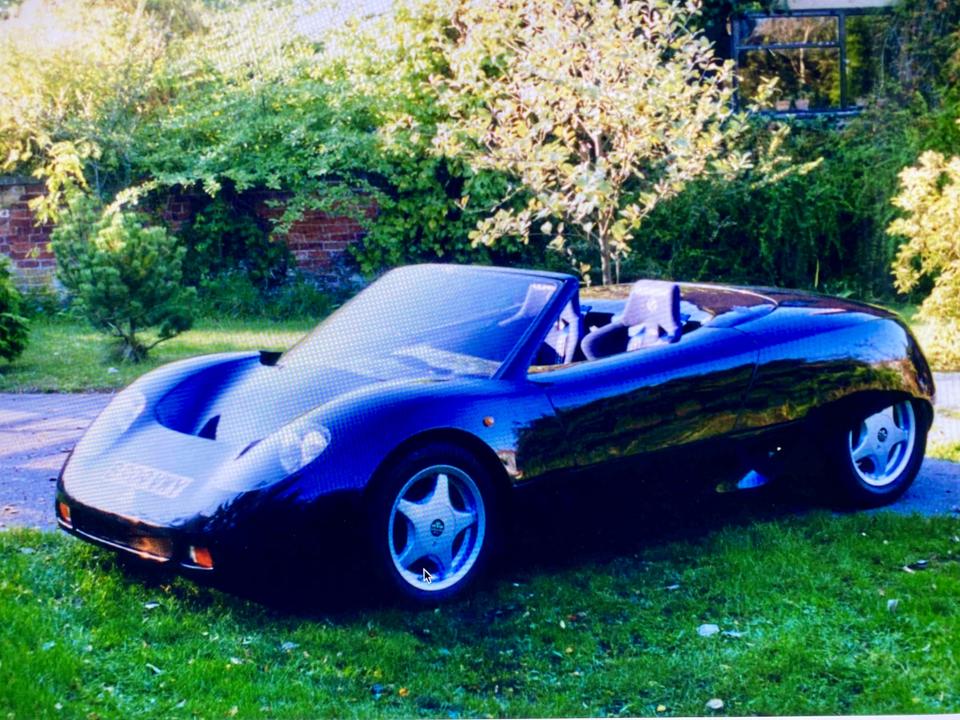
Rawlinson quit his job at Jaguar and created this mid-engine sports car, the Imola. The car won him a job at Lotus, where he eventually became engineering director.
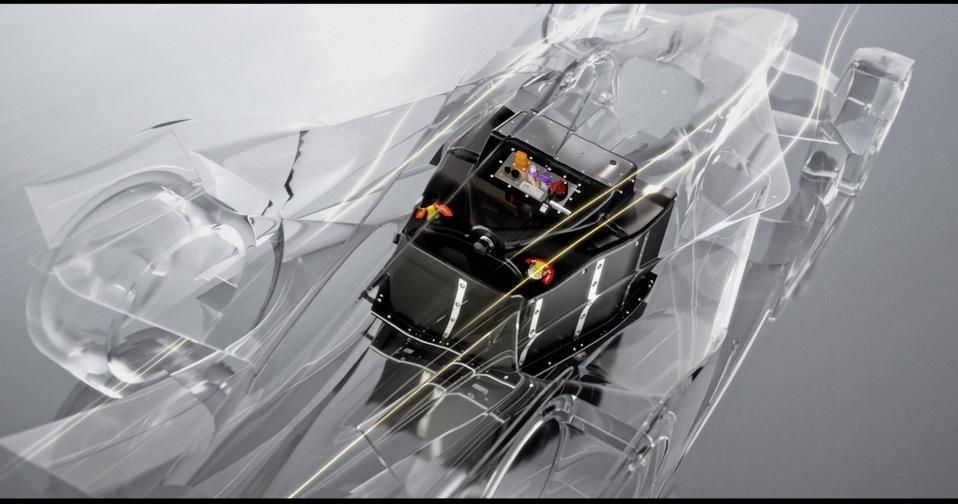
According to Rawlinson, “The whole raison d’etre for Formula-E is to demonstrate the prowess of electrification and it singularly failed.” The first-gen Williams Engineering battery pack could only power a car for half the race, drivers forced into a foolish looking fire drill, jumping from the spent car to a second fully charged car. Formula-E now runs full race distance on one charge of a trapezium-shaped Atieva/Lucid battery pack, shown here in a phantom sketch of a Formula-E chassis.
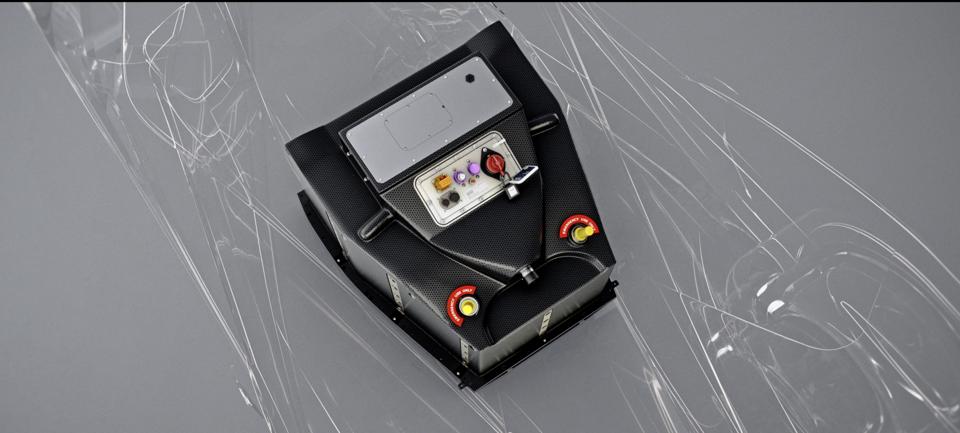
Rawlinson scoured Atieva’s meticulous database of known battery cells. Sony had no idea their cell was the perfect DNA match for a racing series, with high energy and power density. Sony sold its battery division to Murata in 2017. The trapezium shape is part of the breakthrough. It fits into the coke-bottle curved sides of a Formula race car. The packaging and connectivity concepts transferred directly to the road car battery pack.
“Lucid Air has a drive unit front and rear comprised of motor, inverter, reduction gearset and differential. Our drive unit can produce 650 horsepower but weighs 74 kilos [163.1 pounds]. Porsche Taycan rear drive unit with reduction gear weighs about 175 kilos [385.8 pounds] and produces 500 horsepower. Taycan has a reduction gear only on the rear,” says Rawlinson. “Open differentials front and rear. We use ABS to control torque vectoring across each axle. And a vehicle control module,” which will apportion power front to rear.
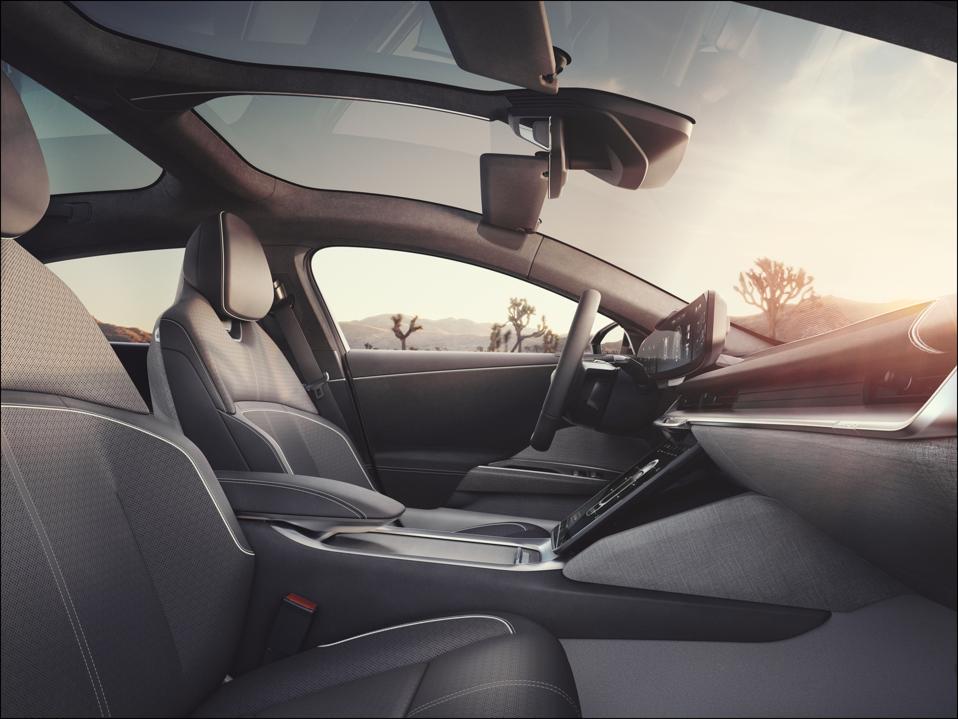
“Our Dream Edition will do the standing quarter in 9.9 seconds. We did it at the drag strip in Sonoma—15, 16 repeatable runs. We have all the repeatability of the Taycan Turbo S,” says Rawlinson. If this proves valid when journalists are allowed to test the Lucid Air in the coming months, Rawlinson’s claims about efficiencies within the battery pack and cabling are verified. “I’m a road racing guy. Never been drag racing in my life.” Remembering the day, he says, chuckling, “On my second run when I figured out where the green light was, I went 158 miles per hour.”
Do not be deceived by the Lucid PR and marketing photos that COVID-related events have forced me to post. “Lucid Air is smaller than Model S and Taycan, it’s shorter and narrower. Taycan is a smidge lower. Inside, Lucid has more legroom than a long wheelbase Mercedes S-class.”

“Lucid’s competitors will waste more than 100 horsepower under acceleration heating the battery pack. In Formula-E we reduced the resistance in the way the cells are all interconnected. That has found its way directly into Lucid Air,” says Rawlinson.
“A battery pack should not be just a source of energy. Model S was the safest car in the world because the battery pack was part of the crash structure,” says Rawlinson. “We’re doing the same with Lucid, to the next level with a composite battery pack—nobody’s ever done that before.” The battery pack rigidly attaches to the underside of the aluminium body shell to enhance its structural integrity.
According to Rawlinson, recharging “is much more severe on the pack than just driving. So that’s what determines the cooling capacity. Double the voltage with half the current. Our voltage is more than double that of the Tesla, which is 400 volts and we are 924 volts. So, we have one-fifth of the heat generated at the same power, compared with Tesla. Our cables are only generating 20 percent of the heat.”
“Electrify America is very advanced technically,” says Rawlinson, who signed a deal with the VW Group’s electrification effort. “It’s a blessing for us that we don’t have to put a billion dollars into a network. Electrify America is open source. Imagine having a closed-source gas station where you can only refill your car at a Gulf or Shell station.”
“Also, the Electrify America rapid system is 1000 volts and up to 350 kilowatts. Even the fast-charge Tesla Model 3 is only 250kW and 400 volts. Two weeks ago, we didn’t warn Electrify America before we drove one of our cars to a charging station. We plugged in and drew 340 kilowatts. The engineers at Electrify America wondered what on earth had happened.”
This story has been confirmed with Electrify America’s Cliff Fietzek, senior director of technology. “With our chargers capable of 350 kilowatts, we got an immediate alert from our engineers when they observed online an all-electric Lucid Air charging well above 300kW at a station in Northern California. We are elated to see new EVs coming to market that can take full advantage of our advanced charging technology.” As the late Sean Connery might have said, “One ping. One ping only.”
“Porsche Taycan does about 2.5 miles per kilowatt hour—that’s how efficient it is. Lucid Air does about 4.6 miles per kilowatt hour. Double the miles of the Porsche, double the efficiency per kilowatt hour,” says Rawlinson. “We have the fastest charging battery-electric car in the world. We can charge for 20 miles in one minute. Or 300 miles in 20 minutes.”
Rawlinson enjoys playing Gibson guitars, and with Lucid, he is putting the band back together. Huibert Mees, who designed the Tesla Model S suspension, and before that the 2004 Ford GT suspension, designed the Lucid Air’s double-wishbone front and multi-link rear suspension. If damping and springing properly sorted and calibrated, Lucid Air should achieve both excellent ride quality and handling. Former colleagues of my own who have worked with Mees hold him in high regard.
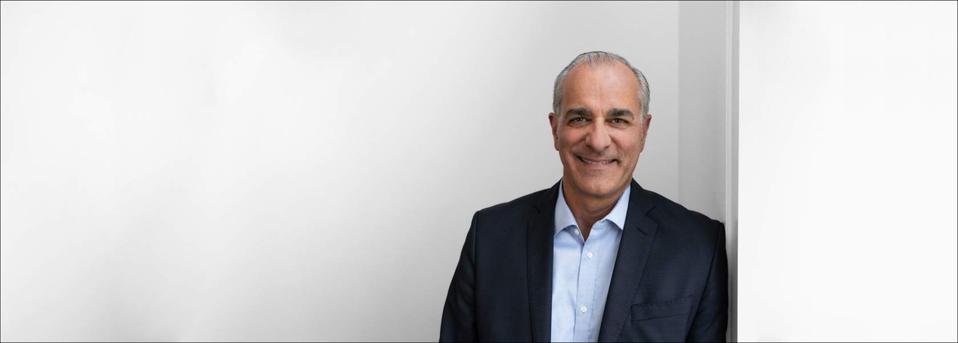
“Specific to Lucid, we have better testing and we built our engineering test cars in the factory already to prove out the processes,” says Hochholdinger. “We also have first-class partners who helped us with our equipment. For example, the best stamping presses come from Schuler and that’s what we have. When you start with the best, you end up with the best. We wrote our production system from the ground up and we adapted it to EVs and adapted it to the 21st century.”
“We have a Body in White shop, and a paint shop, and general assembly. It’s fully automated, so this is a manufacturing plant. Phase two will have an advanced servo-press line stamping facility; currently panels are made offsite by a supplier but with our dies. We will have water recycling in Phase 2 of the plant,” which will lower environmental impact.
“We are proud of the fact that this factory was built in less than a year, with an eye towards ensuring it is future-proofed for expansion. We have essentially built our paint shop to its final size, but it will share space with General Assembly initially and expand during future phases. A paint shop is a very technical facility—requiring specialized air flow, size, etc.—so you need to make it future-proof from the beginning.”
Hochholdinger also clearly takes pride in the team assembled. “I have a team of people with years upon years of experience, so when you put all these problem-solvers together, you understand lessons from countless manufacturers.”
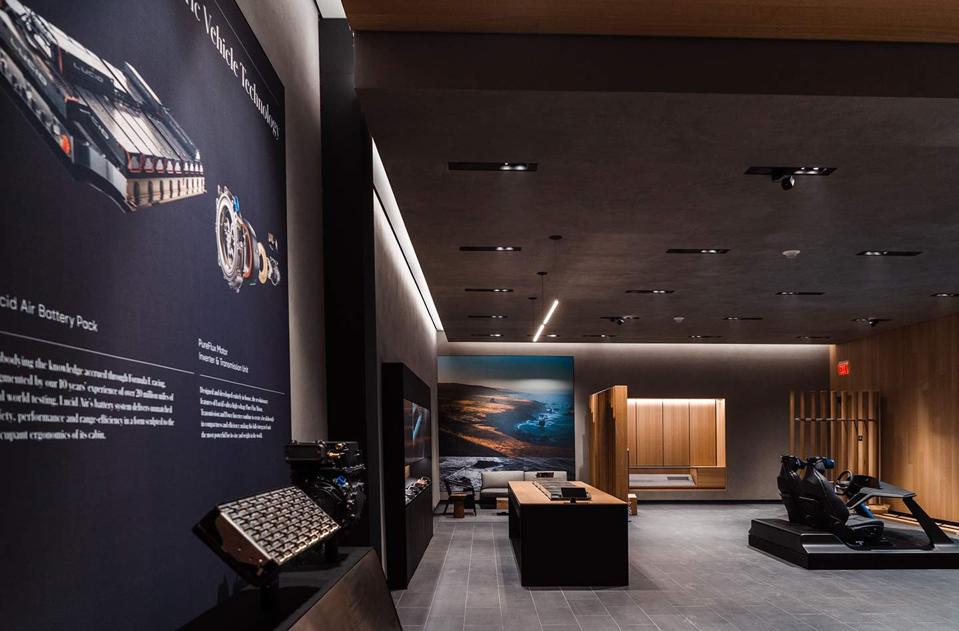
“We want to create a remarkably caring experience. The only way to do that is through direct sales and service,” says Rawlinson, and Lucid is obviously following the same pattern as Tesla. “We have over-the-air monitoring to predict service needs. I have to be frank with you. This [sales and long-term service and care] is going to be an imperfect process. It would take a ton of money to populate the entire U.S. And to start with we won’t have that many cars out there. We can improve as more cars go out to the wild. I make no apology. That is going to be an imperfect process. If a customer buys one to keep in Montana, it will be more challenging to support,” a scenario familiar to anyone keeping an exotic car at a remote Rocky Mountain ranch. “All we can do is look at the demographic from our pre-sales,” says Rawlinson, which indicates sophisticated owners who will understand the realities of a high-end start-up.
And then there’s money, which Rawlinson and Lucid were not able to tap deeply until the Saudi sovereign fund stepped up a few years ago when early design studies and engineering work were ready to present. Rawlinson refuses any particulars on the structure of Saudi sovereign funding.
“Far-sightedness of the Kingdom,” says Rawlinson. “They decided to have more than a toe in this new wave of sustainable mobility. They know the oil won’t last forever, but their sunshine will until our sun becomes a white dwarf. We have billions of years of sunshine and maybe tens of years of fossil fuels. They know they need to invest in their future, and that’s savvy. They performed due diligence and concluded there were only two companies with deep technology in this whole arena, and that’s Tesla and Lucid. It’s a longtime strategic investment, they are great partners, they are in for the long haul.”
“We also have an internship program for their best and brightest. They are working here in California, very cosmopolitan environment and taking that spirit back to the Kingdom. That’s a very healthy thing. If we can harness the sun in Saudi, use energy storage systems that Lucid can provide, use that to charge electric cars, we can create a whole ecosystem. And when Neom happens,” Rawlinson says, referencing the planned city of the future near Aqaba on the Red Sea, “Lucid will be huge there.”
Proof comes when Rawlinson & Co. turn Lucid Air pre-production units over to journalists, and not just Silicon Valley fanboys. Impressive as the car is in its specification, engineering and physical presence, we won’t know until journalists and early owners have imposed the chaos factor of miles in the real world. My favorite mountain roads await, Mr. Rawlinson. Maybe the long-distance run to Mt. Palomar.
“I don’t think the Lucid Air will have the same impact as Model S because the Tesla was the first. I play guitar. I own Gibsons for their fine woodwork. But I admire Leo Fender. The Fender Stratocaster was not as disruptive as its predecessor, the Fender Telecaster, but the Strat became more iconic. So maybe Model S is the Telecaster…more innovative, more disruptive…and the Lucid Air will become more iconic like the Stratocaster. I put my heart and soul into the Model S, and I left that program. Part of my life. Lucid Air is even more so. I just hope people love it.”
Source: https://www.forbes.com/sites/markew...ion-with-ceo-peter-rawlinson/?sh=3af4eaad3060
